The answer lies in ecological connectivity and biological corridors.
The uninterrupted movement of species and the natural flows that sustain life is known as ecological connectivity. It allows wildlife to access food, water, and safe spaces to migrate, reproduce or settle. Human-driven fragmentation — caused by agriculture, infrastructure, and expanding cities — breaks ecosystems apart, threatening biodiversity and increasing competition between wildlife and people.
To rebuild these lost connections, we need biological corridors — stretches of land that link separated habitats. These corridors offer safe passage for animals to move, adapt, and thrive in changing environments.
Together, ecological connectivity and biological corridors safeguard species, strengthen ecosystems, and benefit communities — making them vital tools for a balanced future.
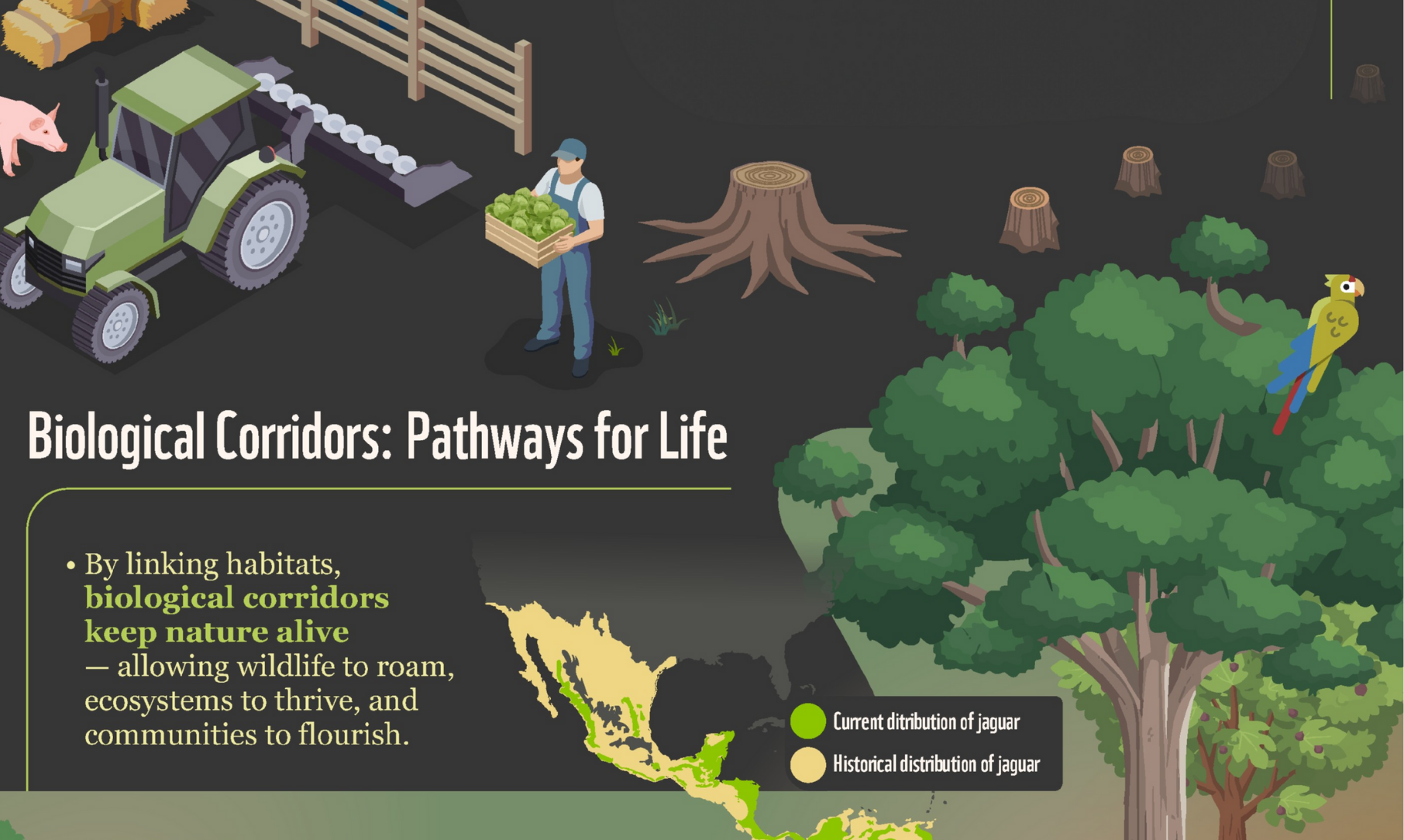
WWF & SIG: Partnering to restore jaguar habitats
Across Latin America, jaguars have lost more than half of their natural habitat due to deforestation, expanding agriculture, and infrastructure development. Many populations are now confined to isolated patches too fragmented to sustain survival.
WWF, in collaboration with local communities and conservation organizations, is working to restore ecological connectivity across large landscapes by establishing biological corridors. These corridors help reduce habitat fragmentation, support land-use planning, and enable safe wildlife movement — securing biodiversity, climate resilience, and ecosystem services.
This initiative aims to secure thriving wildlife populations, ecosystem services, climate change resilience, and human well-being by 2030.
WWF Mexico’s actions in the Central Pacific Jaguar Landscape, home to the country’s second-largest jaguar population, located at the northern edge of the species’ range, are key to maintain and restore connectivity.
Restoring the jaguar’s forest realm
Jaguars rely on large, connected forest landscapes to move freely, hunt, and maintain healthy populations. Without ecological corridors, their habitats become fragmented, isolating groups and weakening genetic diversity — which can increase human-wildlife conflict and threaten long-term survival.
In western Mexico, WWF has been actively protecting and restoring key ecosystems — including dry forests, wetlands, and coastal lagoons — through reforestation, sustainable land management, and close collaboration with local communities. These efforts aim to reconnect fragmented habitats, safeguard remaining landscapes, and ensure jaguars can once again move across their historical range.
Since October 2022, SIG has partnered with WWF Mexico via the Forests Forward initiative to protect and rebuild forest connectivity in the Central Pacific Landscape, a vital jaguar territory. Their joint work blends science and local stewardship to strengthen ecological resilience, track jaguar populations, and support inclusive conservation practices.
In 2023, through remote sensing we identified zones in need of restoration. By 2025, major milestones were achieved, including an agreement with state governments and local communities to reforest sections within Natural Protected Areas. Today, more than 80,000 native plants saplings are growing in community nurseries, destined for planting across priority restoration zones during this rainy season. Local producers are leading this effort on the ground.

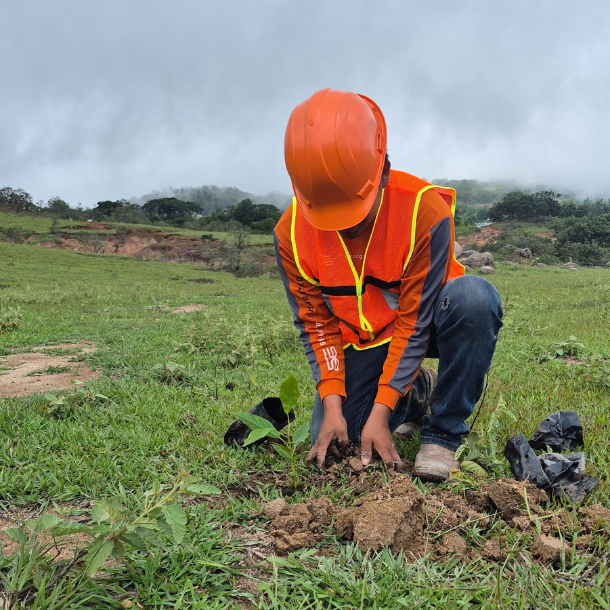
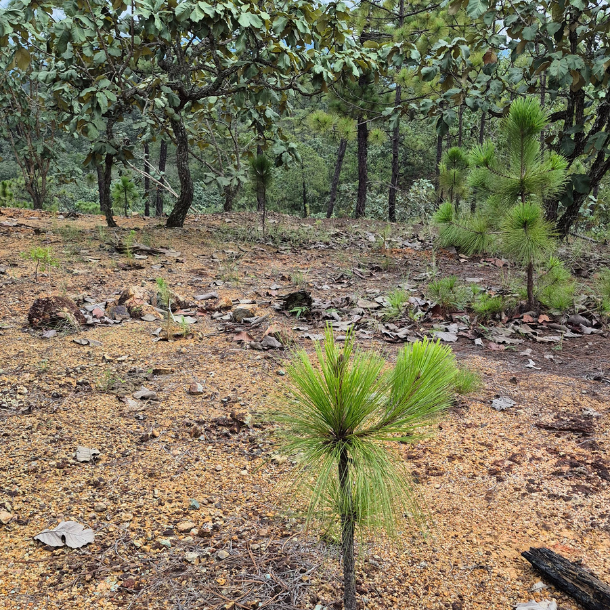
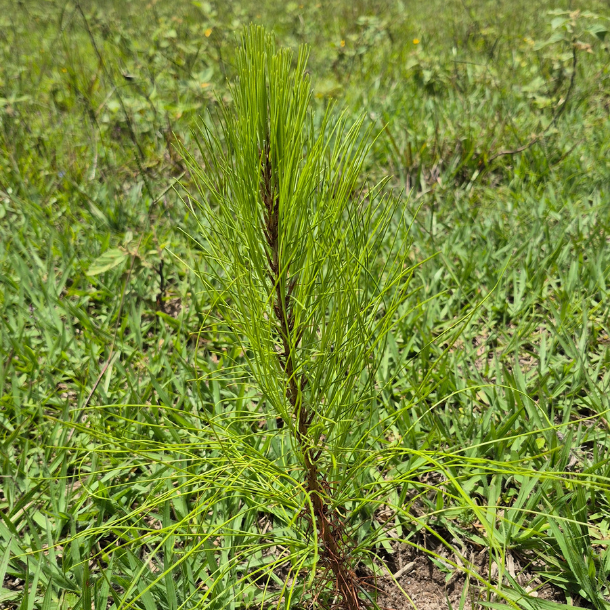
A landscape designed for coexistence
WWF’s conservation efforts reach beyond forests — they involve people.
In western Mexico, community participation is strengthening local ties to biodiversity — a vital foundation for long-term coexistence with jaguars. Residents have adopted sustainable livestock practices, installed electric fences, and improved pastures to protect their livelihoods and reduce conflict.
Additionally, training initiatives have introduced silvopastoral systems, and environmental education in schools is nurturing future stewards.
Community workshops have supported ecological restoration, while biodiversity monitoring efforts — including camera trap surveys in 2024 — recorded 27 jaguars and two cubs across 18 communities, averaging nearly one jaguar per 100 km².
Protecting pathways, protecting our future
As SIG and WWF work to reconnect fragmented forests in Mexico, their work highlights the deep link between thriving ecosystems and thriving communities.
By exploring these natural pathways, we deepen our understanding of jaguar movement and raise awareness about what’s needed to preserve these vital landscapes.
Supporting these efforts means protecting nature’s networks — for jaguars, for people, and for the planet we share.
Let’s spread the word and keep making a difference!
- noviembre 29, 2025
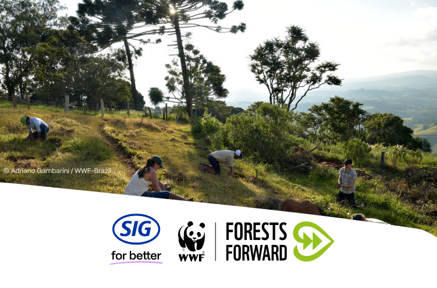
How WWF and SIG, together with 25 other leading companies, are working to help forests thrive
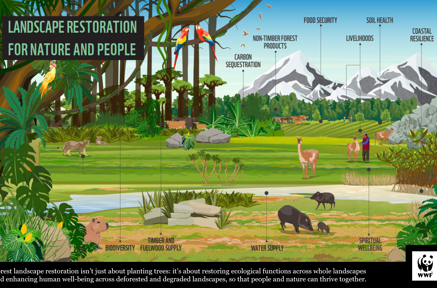
Beyond tree planting


